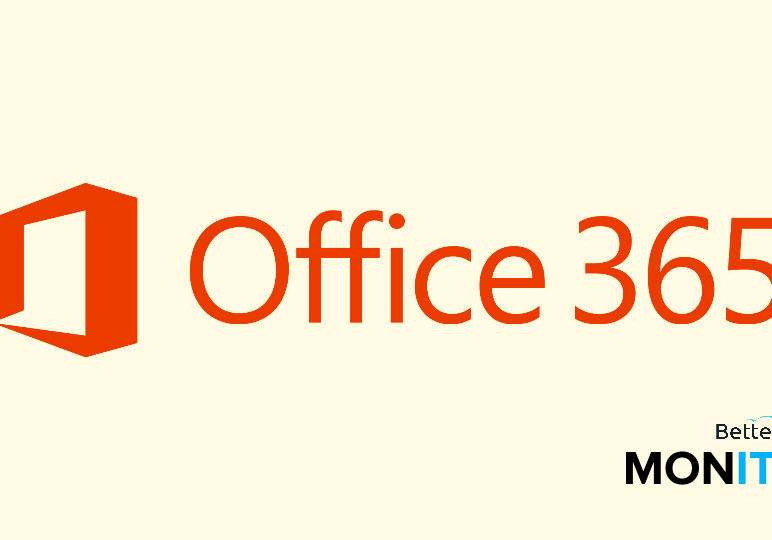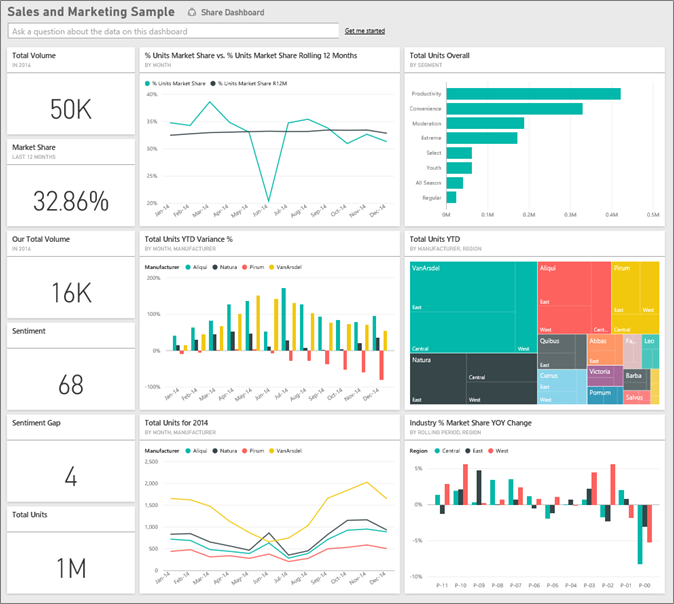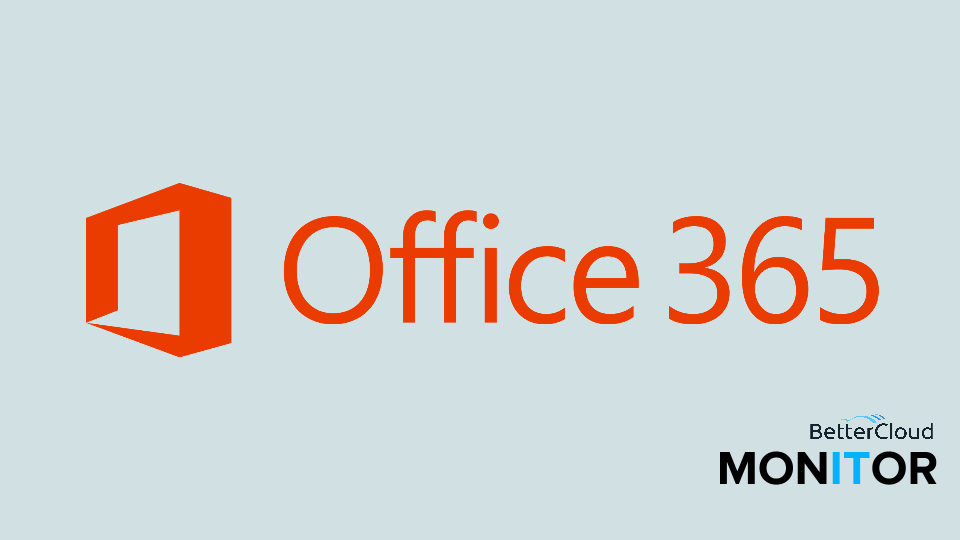Take a Bigger Bite Out of Your Waffle: 3 Underused (and Very Useful) Features in Office 365
5 minute read

According to Skyhigh Networks’ Cloud Computing Trends 2016 report, Office 365 is the top enterprise cloud service by user count today.
InfoWorld reports that the driving force behind this shift is Office 365’s Exchange Online, based on a recent Gartner survey showing Exchange was overwhelmingly cited as the reason to move to Office 365.
This is a good start for both Microsoft and your organization. However, if all the market truly adopts in Office 365 is Exchange Online, it’s a lost opportunity for cloud IT professionals to deliver some exciting functionality to their business–functionality to which they may not even realize they have access.
This post is designed to spark your interest in looking at a few Office 365 services which your organization could really benefit from using. The benefits of each service may be slightly different but fundamentally, this story is all about security, compliance and ROI.
 Take Another Look at Your Waffle
Take Another Look at Your Waffle
When you log in to Office 365’s web interface, you’ll see the access panel for everything Office 365, commonly referred to as “the waffle.” In the waffle is anything and everything you can do inside of Office 365. Take a look. How many bites (maybe bytes) is your organization taking of that waffle? There are three interesting services that I want to focus on specifically here: Office Video, Power BI and SharePoint Online.
Let’s consider each in turn.
Office Video: “A Private YouTube for Your Business”
Even though video is increasingly the way employees prefer to consume content, internal video sharing can be a challenge for enterprise organizations. Unlike public-facing videos that can be posted to online video sharing services like YouTube, internal training and other forms of corporate video need to exist inside the firewall. Corporate compliance and legal teams are quick to shoot down any discussion of using free online streaming services for the corporate intranet.
Enter Office Video.
Last year, Tech Radar described Office Video as a “private YouTube for your business.” Unlike YouTube, though, “users [have] granular controls on how to share their videos. In each video channel, users can assign permissions on who can view the video content, such as Owners, Editors and Viewers. Videos are also encrypted for added security.”
With Office Video, you can share video internally, with all the security and compliance features needed, managed by the same technology the overall network is managed with–Microsoft. Even better, consumption stats are tracked, allowing for visibility (even auditability) into the consumption of important and/or regulator-mandated training materials.
As an Office 365 customer, you are already licensed to use video to better meet the expectations of the employees in your business. You can do it all securely and, because Office Video will handle the optimization of video for mobile, on any device.
Power BI
 As “big data” and a desire for data-driven decision making permeates all aspects of today’s business, data visualization has become paramount. If you have tried to create your own reports based on corporate data, you have likely experienced the challenges of logging into multiple back end business systems, pulling subsets of data out of custom reports, merging them in Excel, and generating a less than 21st-century feeling chart for your next report or board meeting presentation.
As “big data” and a desire for data-driven decision making permeates all aspects of today’s business, data visualization has become paramount. If you have tried to create your own reports based on corporate data, you have likely experienced the challenges of logging into multiple back end business systems, pulling subsets of data out of custom reports, merging them in Excel, and generating a less than 21st-century feeling chart for your next report or board meeting presentation.
If you are a Microsoft customer, there is a better way: Power BI.
Microsoft describes Power BI as a suite of business analytics tools to analyze data and share insights. Power BI dashboards provide a 360-degree view for business users with their most important metrics in one place that are updated in real time and available on all of their devices. With one click, users can explore the data behind their dashboard using intuitive tools that make finding answers easy.
Power BI does not appear in your waffle by default, but it can be quickly set up using your corporate email here.
I can attest to Microsoft’s assertion that “creating a dashboard is simple thanks to over 50 connections to popular business applications, complete with pre-built dashboards crafted by experts that help you get up and running quickly.” Within 20 minutes, I was able use Power BI to hook my own Power BI into my Google Analytics and Salesforce.com reports to create a mashed up dashboard of the stats I report on daily. With a little more effort, a complete dashboard of information can be compiled to share with your team.
The simplicity with which you can hook into both Microsoft and external data sources for visualization with Power BI explains why, according to PCMag, “No product does more than Microsoft Power BI to merge the worlds of Microsoft Excel and Office users with those of SQL Server and Azure users (or, for that matter, to offer a seamless transition from SaaS to desktop versions). Its value can’t be beat, and its rapid pace of additions and enhancements is a model for other BI platforms to follow.”
SharePoint Online
With Office 365, something old is now new again–namely SharePoint.
Whereas you might not yet be using Power BI and Office Video because you’re unfamiliar with these new offerings, you may not be using SharePoint precisely because you are familiar with it. Familiarity, in the case of SharePoint, may have bred contempt.
Indeed, Bob Larrivee, VP and chief analyst of market intelligence at AIIM International, told CMSWire earlier this year that “Forty percent of organizations say their SharePoint implementation was unsuccessful due to inadequate user training (67 percent), difficulty of use (65 percent) and lack of senior management support (64 percent).”
I encourage you to take another look at SharePoint as on Office 365 customer. If not, you’ll miss out on a lot of great new features that could power a more dynamic experience than the typical glorified file shares and static intranet experiences of the past.
Two examples of the benefits of using SharePoint Online with your Office 365 license are mobile access and enhanced security and compliance features.
At the “Future of SharePoint” event last May, Microsoft announced plans to put SharePoint in everyone’s pocket with the SharePoint mobile app. With this app, the out of the box SharePoint sites you have access to can be easily rendered on a mobile device.
If your business has any exposure to regulatory or security threats, the new Security and Compliance Improvements in SharePoint Online should not be overlooked. In addition to the benefits of ensuring that your business users are storing corporate data under the auspices of your IT infrastructure, SharePoint DLP and compliance tools can help prevent a data breach, and also prepare you for an audit or damage control if a breach does occur.
Why aren’t more people using these services already?
You are probably thinking: Okay, if these tools are all so great, why are they not more widely adopted?
First, there is the perception about SharePoint in the market that it is difficult to use, and that tends to not only undermine adoption of SharePoint Online, but also many of the underlying services included in Office 365, including Office Video and Power BI. But there is more to it then past experiences with on-premises Microsoft solutions.
All these great new technologies are still mostly made available to end users in a very old-school way. The waffle menu in Office 365 creates an end user experience around these services that is very disconnected.
While Power BI may mash together data for me from Google Analytics, SharePoint, and Salesforce.com, it is still accessed as a point solution in my overall digital work experience and I likely have to be trained how to even find it in the Office 365 portal.
Delivering a truly connected experience around these services is a challenge for Microsoft partners, both from a system integration standpoint as well as for independent software vendors, like Akumina.
In order to see the technologies discussed in this post adopted on a larger scale, you’ll need to consider a modern intranet experience for the workers you want to adopt the services. This unified experience should include both an easy-to-navigate personalized digital workplace, as well a single, simple user interface to make it easy for line of business users to keep all the systems of record up-to-date without having to become an expert in every underlying system’s user interface.




 Take Another Look at Your Waffle
Take Another Look at Your Waffle

